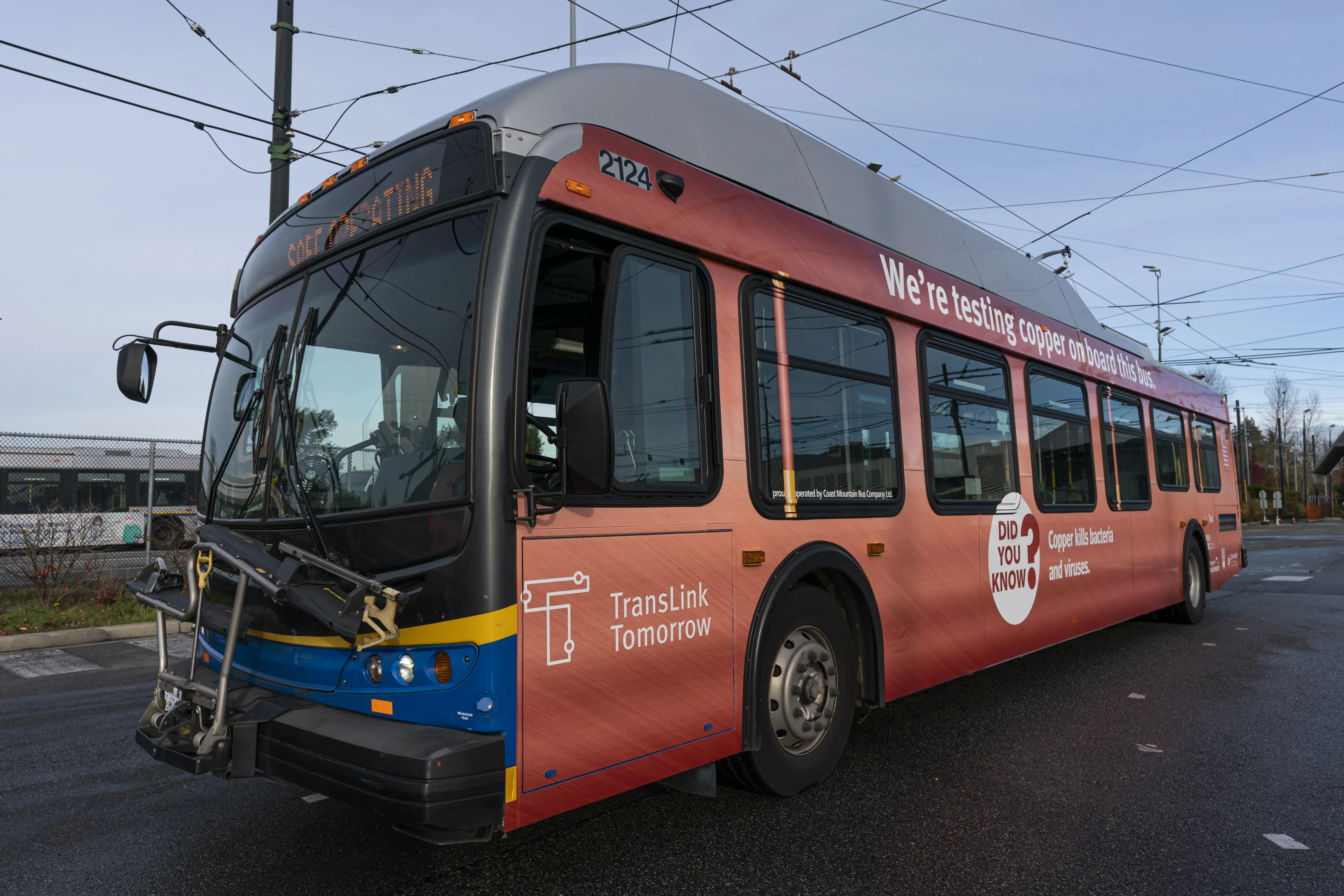The US Department of Transportation (US DoT) has selected the Battelle Memorial Institute to develop a new Transit Safety Retrofit Package (TRP) that will be used as part of the Safety Pilot model deployment. The focus of this procurement is to acquire a qualified team to integrate wireless Dedicated Short Range Communications (DSRC) technology into transit vehicles and to develop research prototypes of appropriate safety applications on these vehicles. These applications must be interoperable with other ve
March 23, 2012
Read time: 2 mins
The 324 US Department of Transportation (US DoT) has selected the 1806 Battelle Memorial Institute to develop a new Transit Safety Retrofit Package (TRP) that will be used as part of the Safety Pilot model deployment. The focus of this procurement is to acquire a qualified team to integrate wireless Dedicated Short Range Communications (DSRC) technology into transit vehicles and to develop research prototypes of appropriate safety applications on these vehicles. These applications must be interoperable with other vehicle platforms, specifically the light duty vehicles applications being developed by the Crash Avoidance Metric Partnership (CAMP) research.
The prototype TRP and the transit-specific safety applications developed under this contract will be used to support participation of transit vehicles in the Model Deployment Phase of the Safety Pilot test as a means to test overall compatibility and interoperability of transit vehicles with other light and heavy vehicles.
The retrofit devices developed as a part of this TRP contract will incorporate/integrate an appropriate ‘vehicle awareness device’ to generate and transmit basic safety messages to other vehicles and other devices, using 5.9 GHz DSRC.
The prototype TRP and the transit-specific safety applications developed under this contract will be used to support participation of transit vehicles in the Model Deployment Phase of the Safety Pilot test as a means to test overall compatibility and interoperability of transit vehicles with other light and heavy vehicles.
The retrofit devices developed as a part of this TRP contract will incorporate/integrate an appropriate ‘vehicle awareness device’ to generate and transmit basic safety messages to other vehicles and other devices, using 5.9 GHz DSRC.









